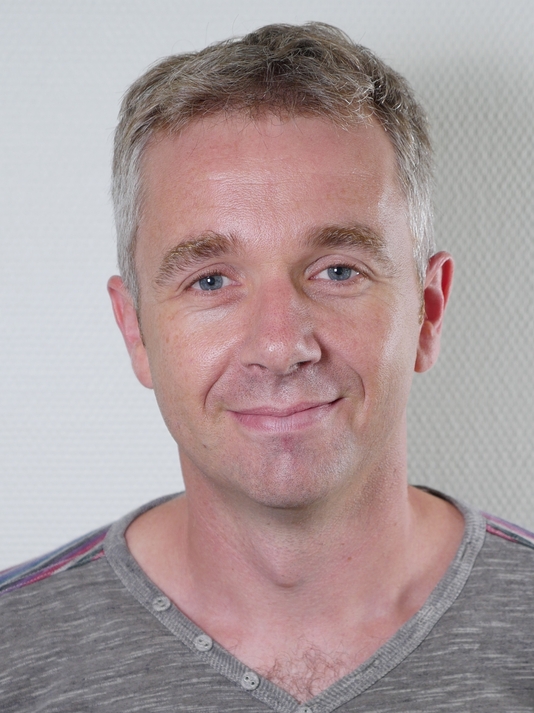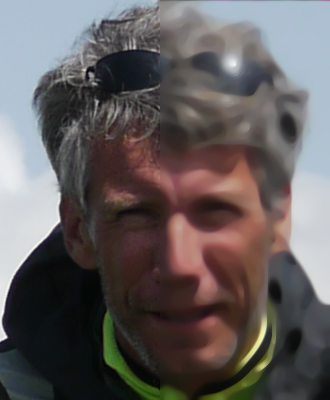
|
|
|
TutorielsTutoriel 1: Deep Learning and Neural Networks for computer vision and signal processing
Résumé :Representation Learning or Deep Learning consists in automatically learning layered and hierarchical representation with various layers abstraction from large amounts of data. This presentation will review the history of the field, the main actors and the major scientific challenges. We will first present a brief introduction into the general challenges in machine learning of high dimensional input, like images, signals and text. We will present common deep models like convolutional neural networks and recurrent networks and various widely used standard tools and problems, like attention mechanisms, transfer learning and learning structured output. Implementing these models in deep learning frameworks (Tensorflow, PyTorch) will be briefly touched. Finally, we will go into more into detail of some selected applications in computer vision and signal processing.
Biographie :
Tutoriel 2: A guided tour of computational modelling of visual attention
Résumé :Since the first computational model of visual attention, proposed in 1998 by Itti et al. [1], a lot of progress has been made. Progress concern both the modelling in itself and the way we assess the performance of saliency models. Recently, new advances in machine learning, more specifically in deep learning, have brought a new momentum in this field. In this tutorial, we present saliency models as well as the metrics used to assess their performances. In particular, we will empathize new saliency models which are based on convolutional neural networks. We will present different deep architectures and the different loss functions used during the training process. We will conclude this presentation by introducing saccadic models [2,3] which are a generalization of saliency models
[1] Itti, L., Koch, C., & Niebur, E. (1998). A model of saliency-based visual attention for rapid scene analysis. IEEE Transactions on pattern analysis and machine intelligence, 20(11), 1254-1259. [2] Le Meur, O., & Liu, Z. (2015). Saccadic model of eye movements for free-viewing condition. Vision research, 116, 152-164. [3] Le Meur, O., & Coutrot, A. (2016). Introducing context-dependent and spatially-variant viewing biases in saccadic models. Vision research, 121, 72-84. Biographie :
Tutoriel 3 : Les normes de codage vidéo HEVC et VVC : tutoriel et état des lieux
Résumé :Le standard de codage vidéo HEVC, normalisé en 2013 par l’ISO et L’ITU-T, a permis d’obtenir un gain de 50% en compression par rapport à l’état de l’art. Nous présentons les spécificités du standard HEVC, tant du point de vue des outils de compression que des fonctionnalités, en nous focalisant sur les principales nouveautés par rapport aux normes précédentes. Par ailleurs, L’ISO et l’ITU-T travaillent actuellement à la construction de son successeur, VVC (pour Versatile Video Codec) qui devrait être normalisé fin 2020. Nous présenterons également un état des lieux de ce futur standard qui promet un gain de 50% sur HEVC.
Biographie :
Tutoriel 4 : Tatouage et Stéganalyse : approche par ondelettes
Résumé :Dans cet exposé, nous proposons de présenter la problématique de la sécurisation des données Multimédia (image, vidéo) à travers à la fois l'enfouissement d'information (tatouage) mais aussi la détection de messages malicieux (stéganalyse). Plus précisément nous ferons un bilan des approches utilisant les qualités des représentations basées ondelettes permettant d'identifier les informations saillantes présentes dans des données Multimédia.
Biographie :
|





